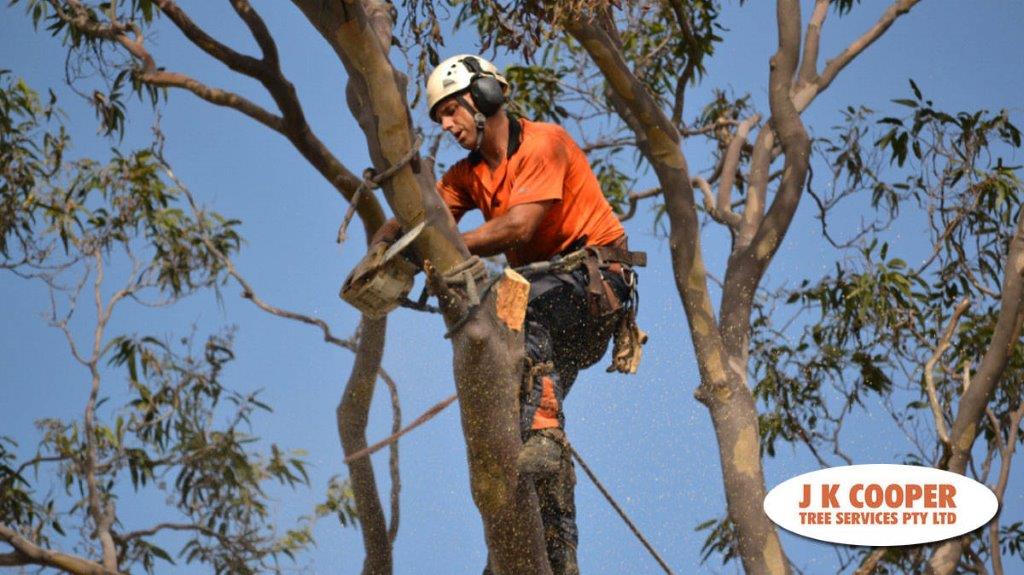Tree Pruning and Tree Surgery
Safe pruning and surgery of large tree branches is often done in situations where the tree is stressed or the branch is likely to fail and injure someone. In NSW legislation largely regulates the planting, pruning, destruction and removal of trees and plants and also deals with some of the disputes. The overall aim, wherever possible, is to conserve vegetation, especially in the urban environment.
Pruning a neighbours tree back to the property line may not be permitted if it damages the tree and pruning trees on your own property may be subject to restrictions so check with your LGA for details.
If extensive pruning is required it is a good idea to get it done by a professional arborist with appropriate WorkCover insurances and all pruning must conform to the Australian Standard for the Pruning of Amenity Trees (AS4373).
Tree pruning to Australian Standards
According to the Australian Standards, as trees grow older, less living healthy wood should be removed from the tree. There is no absolute rule for the amount of living wood that can be removed from an older tree.
The Australian Standard – AS 4373 – 1996 Pruning of Amenity Trees states that when pruning a tree, as little foliage as possible should be removed and that the trees natural habit should be maintained (other than specific pruning requirements, e.g. remedial pruning, pollarding). The International Society of Arboriculture and the American Standard ANSI A300 caution that not more than 25% of the foliage should be removed from a mature tree within a growing season.
Key reasons to consider tree pruning:
- Increased sunshine on gardens and lawns
- Tree has health issues such as dead wood and disease
- Improved safety assurance
- Large limps overhang house
- Branches are rubbing on each other
- Improve the shape and look of a tree
- Remove branches that are dangerous
- Limbs are interfering with wires, buildings, gutters, roofs, chimneys, fences or windows
Tree pruning services for your trees
Professional and safe tree pruning must be based on an understanding of the species, an assessment of the condition of the tree and the potential response that the particular specimen may have to a nominated management strategy.
When considering management of ageing trees it is critical that advice is sought from an arborist who can identify and understands the species, the potential response of various management options and can design an ongoing management plan that will also identify when the tree has exceeded its useful life and should be removed.
Types of pruning activities include:
- Crown Raising
- Crown Reduction and Shaping
- Dead wooding
- Crown Thinning
- Formative or Structural Pruning
- Pollarding
- Remedial Pruning
- Root Pruning
- Powerline Clearing
- Hedging






